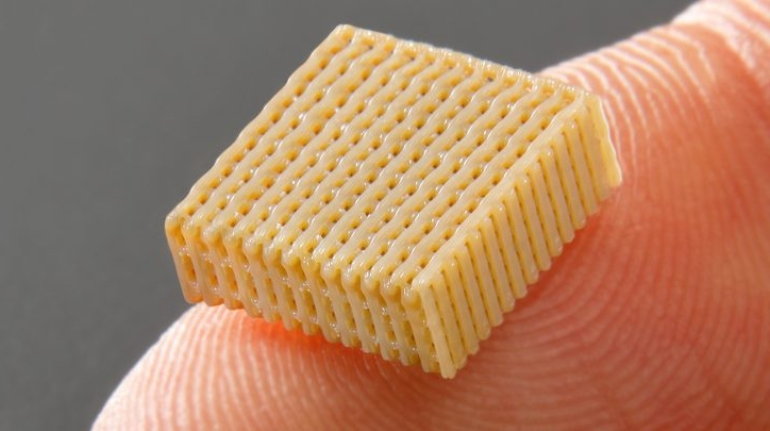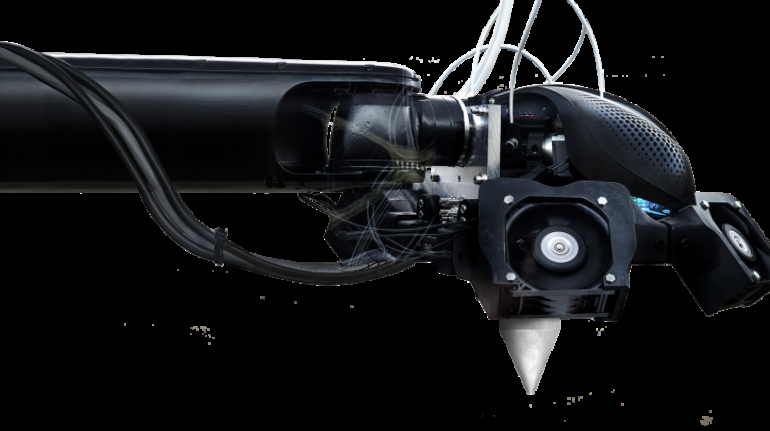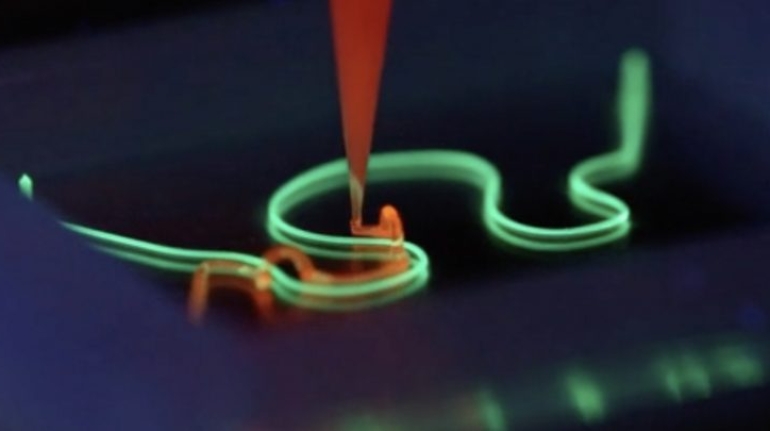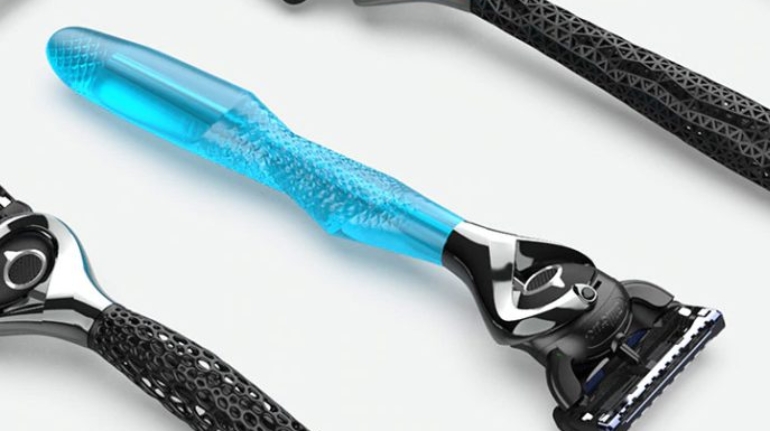Deutsche Bahn grows AM railway applications with 3YOURMIND software Transportation
Within the transport industry, German railway leader Deutsche Bahn was an early adopter of 3D printing technologies—five years ago, it even founded its own 3D printing division. As of 2018, the company reported having 3D printed nearly 15,000 spare parts and other products for its trains, including coat hooks, headrests, cable boxes and more. Now, the company is aiming to ramp up its additive efforts by extending its partnership with software provider 3YOURMIND.










